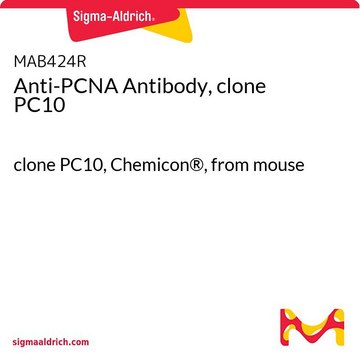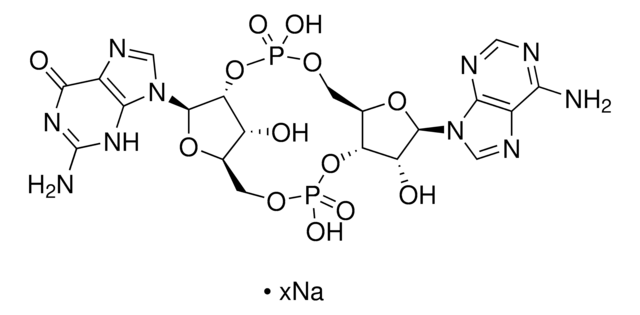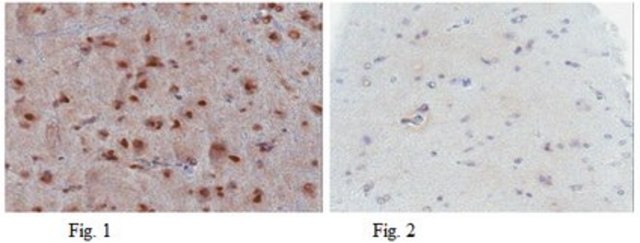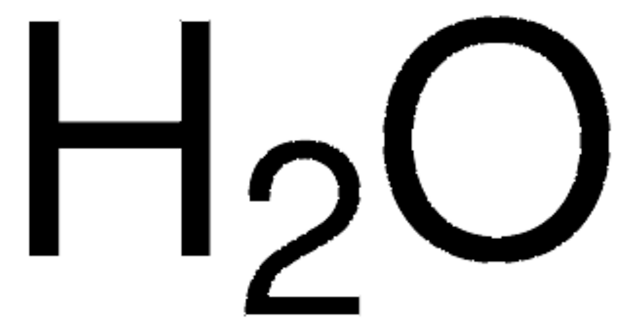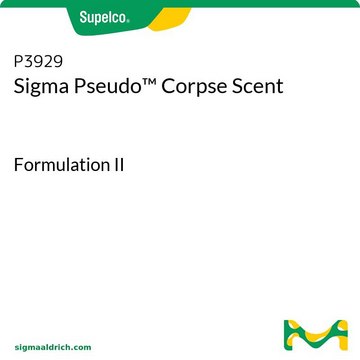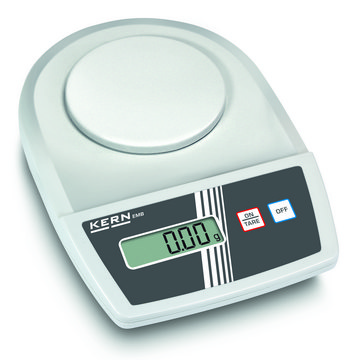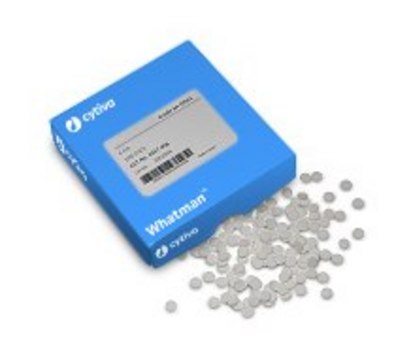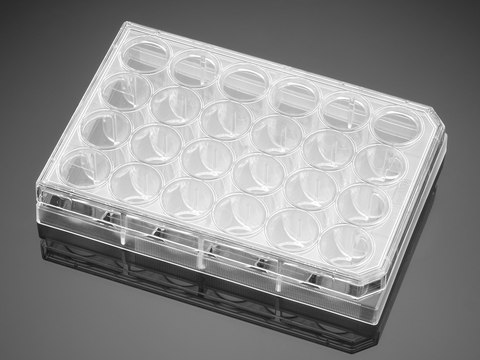一般描述
We are committed to bringing you greener alternative products, which adhere to one or more of The 12 Principles of Green Chemistry.This antibody is Preservative-free, produced without the harm or sacrifice of animals and exceptionally stable to allow for ambient shipping and storage if needed and thus aligns with "Waste Prevention", "Designing Safer Chemicals" and "Design for Energy Efficiency".
Click here for more information.
ZooMAb® antibodies represent an entirely new generation of recombinant monoclonal antibodies. Each ZooMAb® antibody is manufactured using our proprietary recombinant expression system, purified to homogeneity, and precisely dispensed to produce robust and highly reproducible lot-to-lot consistency. Only top-performing clones are released for use by researchers. Each antibody is validated for high specificity and affinity across multiple applications, including its most commonly used application. ZooMAb® antibodies are reliably available and ready to ship when you need them.
特异性
Clone 2G7 is a ZooMAb® rabbit recombinant monoclonal antibody that specifically detects Stimulator of interferon genes protein (STING1). It targets an epitope within 18 amino acids from the N-terminal half.
免疫原
KLH-conjugated linear peptide corresponding to 18 amino acids from the N-terminal half of human Stimulator of interferon genes protein (STING1)
应用
Quality Control Testing
Evaluated by Western Blotting in HT-29 cell lysate.
Western Blotting Analysis: A 1:1,000 dilution of this antibody detected STING1 in HT-29 cell lysate.
Tested Applications
Western Blotting Analysis: A 1:1,000 dilution from a representative lot detected STING1 in HT-1080 cell lysate.
Affinity Binding Assay: A representative lot of this antibody bound STING1 peptide with a KD of 9.0 x 10-8 in an affinity binding assay.
Flow Cytometry Analysis: 1 µg from a representative lot detected STING1 in one million THP-1 cells.
Immunohistochemistry (Paraffin) Analysis: A 1:100 dilution from a representative lot detected STING1 in Human tonsil tissue sections.
Note: Actual optimal working dilutions must be determined by end user as specimens, and experimental conditions may vary with the end user.
目标描述
Stimulator of interferon genes protein (UniProt: Q86WV6; also known as hSTING, Endoplasmic reticulum interferon stimulator, ERIS, Mediator of IRF3 activation, hMITA, Transmembrane protein 173) is encoded by the STING1 (also known as ERIA, MITA, STING, TMEM173) gene (Gene ID: 340061) in human. STING1 is a multi-pass membrane protein with four transmembrane domains, three cytoplasmic domains, and two lumenal domains. It serves as a facilitator of innate immune signaling that acts as a sensor of cytoplasmic DNA from bacteria and viruses and promotes the production of type I interferon (α and β). The innate immune response is triggered in response to non-CPG double-stranded DNA. It acts by binding cyclic di-GMP produced by bacteria and cyclic GMP-AMP (cGAMP) produced by cGAS in response to DNA viruses in the cytosol. Upon binding of c-di-GMP or cGAMP, STING1 oligomerizes and translocates from the endoplasmic reticulum and is phosphorylated by TBK1 on the pLxIS motif, leading to recruitment and subsequent activation of the transcription factor IRF3 to induce expression of type I interferon and exert a potent anti-viral state. In addition to promoting type I interferon production, it also plays direct role in autophagy. Its autophagic and interferon-inducing activities can be uncoupled, and autophagy induction is shown to be independent of TBK1 phosphorylation. This ZooMAb® recombinant monoclonal antibody, generated by our propriety technology, offers significantly enhanced specificity, Affinity™, reproducibility, and stability over conventional monoclonals. (Ref.: Zhang, X., et al. (2013). Mol. Cell. 5192); 226-235; Tanaka, Y., and Chen, ZJ. (2012). Sci. Signal. 5(214); ra20; Burdette, DL., et al. (2011). Nature. 478(7370); 515-518; Ishikawa, H., and Barber GN. (2008). Nature. 455(7213); 674-678).
外形
Purified recombinant rabbit monoclonal antibody IgG, lyophilized in PBS, 5% Trehalose, normal appearance a coarse or translucent resin. The PBS/trehalose components in the ZooMAb formulation can have the appearance of a semi-solid (bead like gel) after lyophilization. This is a normal phenomenon. Please follow the recommended reconstitution procedure in the data sheet to dissolve the semi-solid, bead-like, gel-appearing material. The resulting antibody solution is completely stable and functional as proven by full functional testing. Contains no biocide or preservatives, such as azide, or any animal by-products. Larger pack sizes provided as multiples of 25 µL.
重悬
300 µg/mL after reconstitution at 25 µL per vial. Please refer to guidance on suggested starting dilutions and/or titers per application and sample type.
储存及稳定性
Recommend storage of lyophilized product at 2-8°C; Before reconstitution, micro-centrifuge vials briefly to spin down material to bottom of the vial; Reconstitute each vial by adding 25 µL of filtered lab grade water or PBS; Reconstituted antibodies can be stored at 2-8°C, or -20°C for long term storage. Avoid repeated freeze-thaws.
其他说明
Concentration: Please refer to the Certificate of Analysis for the lot-specific concentration.
法律信息
Affinity is a trademark of Mine Safety Appliances Co.
ZooMAb is a registered trademark of Merck KGaA, Darmstadt, Germany
免责声明
Unless otherwise stated in our catalog or other company documentation accompanying the product(s), our products are intended for research use only and are not to be used for any other purpose, which includes but is not limited to, unauthorized commercial uses, in vitro diagnostic uses, ex vivo or in vivo therapeutic uses or any type of consumption or application to humans or animals.

